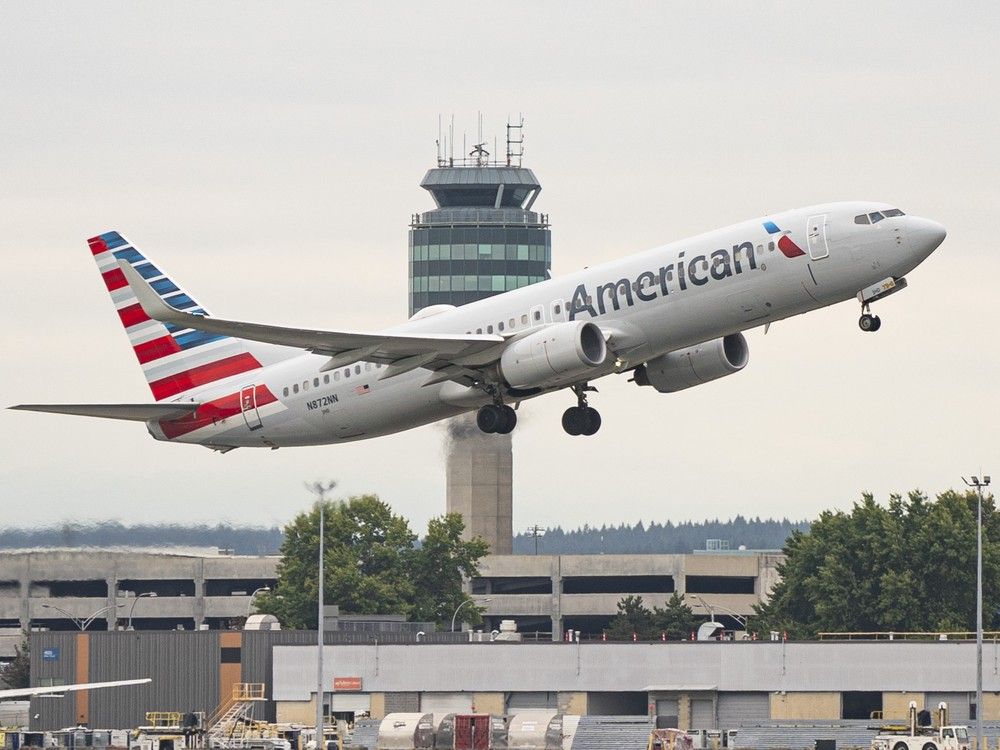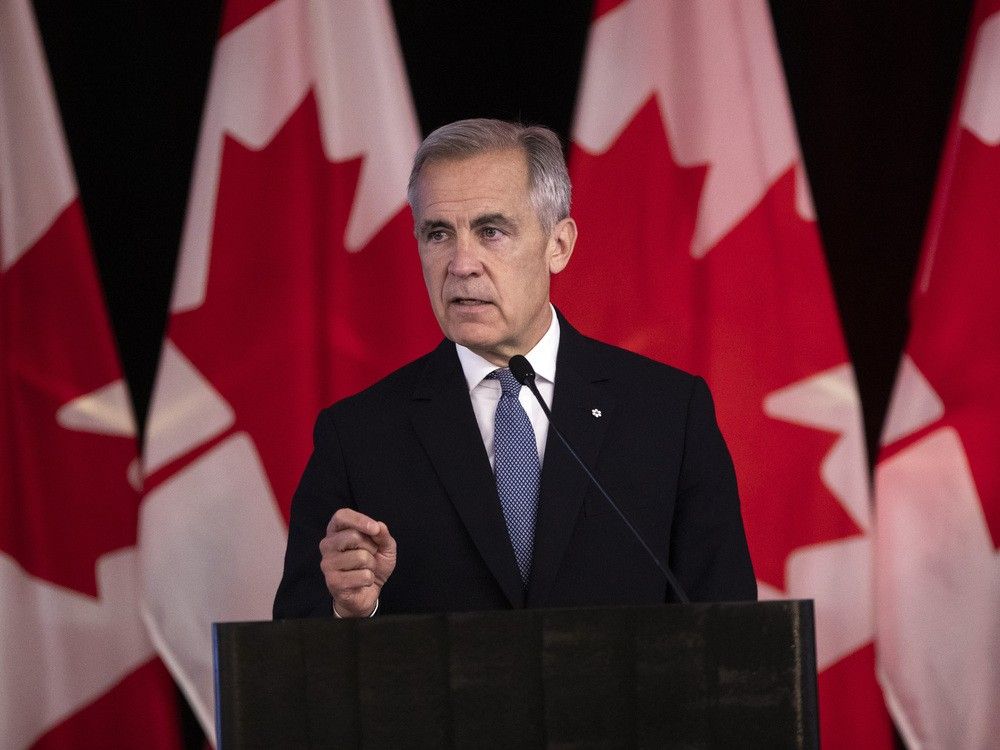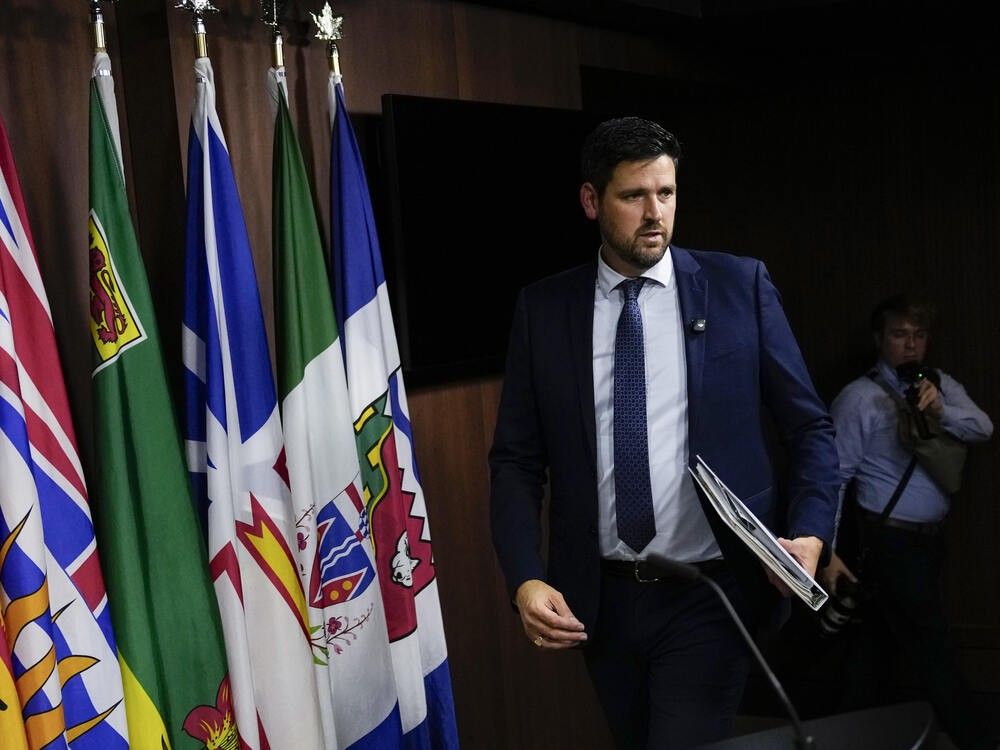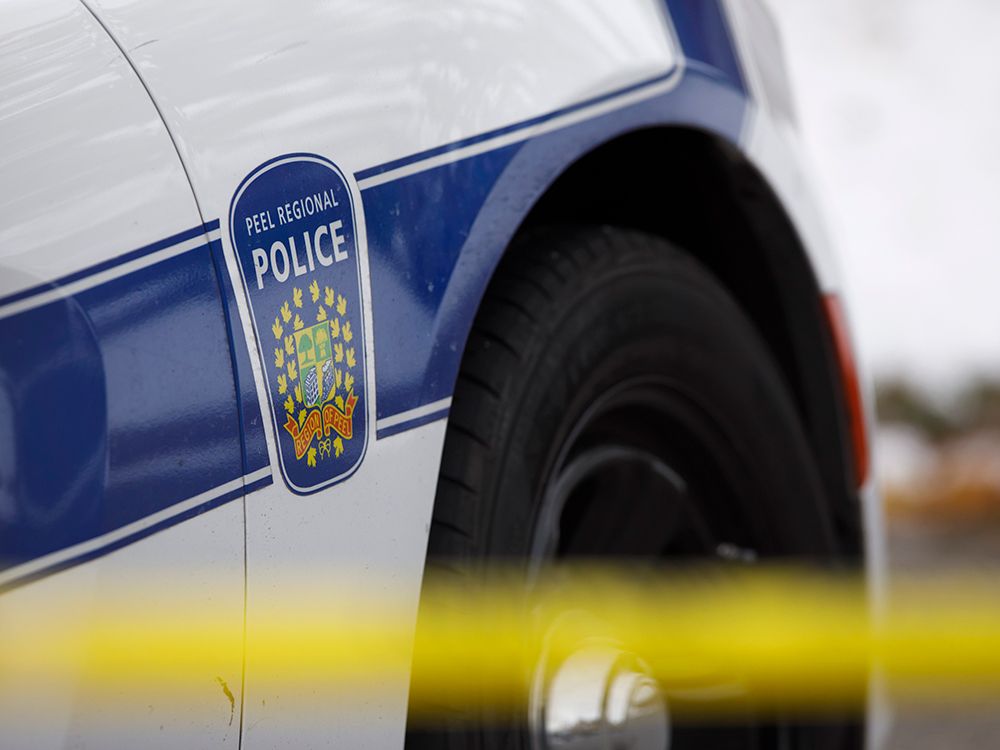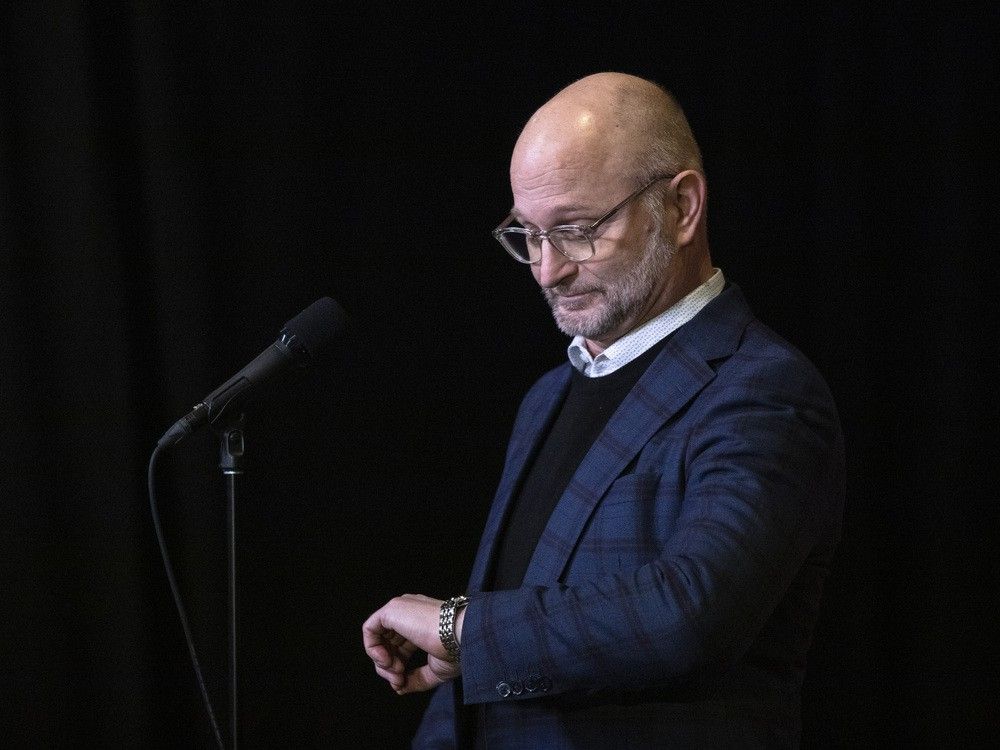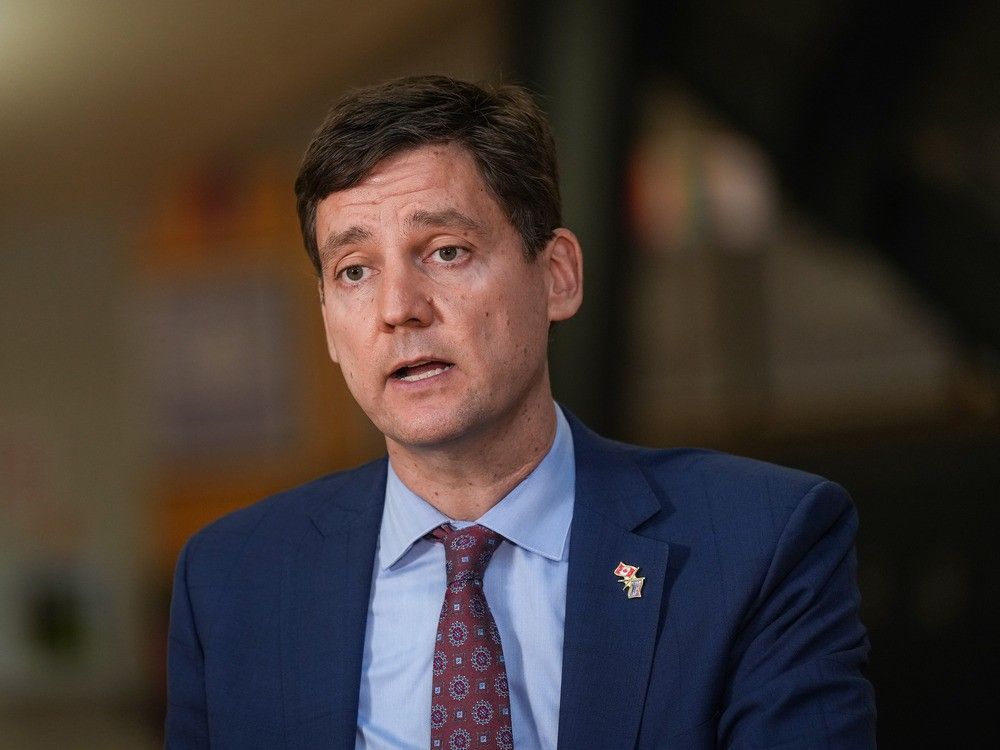
OTTAWA — Justice Minister Sean Fraser said Friday the government’s new bill targeting the use of hate and terror symbols is not a “blanket ban” on any particular imagery.
Rather, the minister says, laying a charge under the newly proposed offence would depend on a variety of factors to be evaluated by police and prosecutors — a prospect that quickly sparked concern and questions over its implementation.
The measure was contained in the first piece of legislation presented by Prime Minister Mark Carney’s Liberals since their return to Parliament this week, and is one of five changes his government seeks to make to the Criminal Code to address hate in Canada.
It comes after nearly two years of sustained protests against Israel’s war with Hamas, triggered by Hamas’s attack on southern Israel on Oct. 7, 2023. The conflict has led to a wave of concern over a rise in antisemitic incidents and violence against synagogues, as well as the targeting of Muslims and fears from anti-Israel protesters over the policing of free speech.
Tabled on Friday, the bill, known by its legislative title of C-9, fulfils two of the campaign commitments the Liberals made during the spring federal election: Creating a new offence for intimidating someone to the pointing of impeding their access to a place of worship, or other centres used by an identifiable group, such as a community centre or gay bar, as well as making it a crime to “intentionally” obstruct their access.
Anais Bussieres McNicoll, director of fundamental freedoms at the Canadian Civil Liberties Association, said police already have the necessary power to protect people and property and that the new bill “will
criminalize peaceful protesters.”
She says the new intimidation provision goes beyond existing criminal offences covering protests and would cover the conduct of protesters that may cause people fear, which she said is subjective and vague. The offence carries a maximum sentence of 10 years imprisonment.
“The provision could easily be read by the police as capturing protests that are peaceful yet seen by some as offensive or disruptive,”
Bussieres McNicoll said.
The bill Fraser presented on Friday, however, went further than what the Liberals promised during the election, with the minister saying additional measures were needed to confront hate taking place beyond religious institutions.
“We see it in our streets. We see it in our parks. We see it in our grocery stores. Frankly, we see it almost everywhere,” Fraser said.
Most contentious of the new proposals is the government’s plan to criminalize “wilfully promoting hatred against any identifiable group by displaying certain symbols in a public place.”
Such a crime would carry a two-year penalty. The bill defines a hate symbol as a Nazi swastika or SS lightning bolts. It defines a terror symbol as belonging to a terrorist entity currently listed under Canada’s designated list, which includes groups such as Hezbollah, Hamas and the Proud Boys.
The bill also covers anything that “nearly resembles” symbols from either of those categories. Fraser said that was included to include any deliberate alteration of symbols.
The minister declined to provide an example of when a charge could be laid, saying it would depend heavily on circumstances.
“Merely displaying this symbol, in and of itself, is not the sole harm we’re trying to target,” Fraser told reporters.
“It does have to be tied with the wilful promotion of hatred. This is difficult, because it could take a thousand different forms, and it’s going to be for police on the ground and Crown prosecutors to identify when that threshold has been crossed.”
Richard Moon, a professor at the University of Windsor who specializes in freedom of expression, says the proposed change raises the complicated question of assigning motivation to a person displaying such a symbol.
“It is still necessary to show that there is an intention … an intention to promote hatred by displaying these symbols.”
Jewish community groups and leaders have specifically called for action against the reported presence of flags tied to Hamas and Hezbollah, which have at times appeared at anti-Israel demonstrations and protests.
In those situations, Moon said a court would need to prove that a person waving such a flag sought to promote hate.
“I would imagine that people who display the flag, especially in the contemporary context, are doing so to express solidarity with Palestinians and opposition to Israel’s occupation of lands of the West Bank and Gaza,” he said.
“It’s not even clear to me that this law would do what they want it to do, given that you would have to prove, in a criminal context, beyond a reasonable doubt, that the person displaying the flag intended to promote hatred on racial or religious grounds, obviously, in particular, hatred towards Jews.”
Moon said it raises questions about whether the government’s proposal was mainly “performative,” given how many of the actions it seeks to address with its new bill are covered by existing criminal law.
Jaime Kirzner-Roberts, senior director of policy and advocacy at the Friends of Simon Wiesenthal Center for Holocaust Studies, said in a statement on Friday that they welcome the Liberal bill, calling it “an important step toward making Canada’s Jewish communities safer.”
“For far too long, individuals who display hate symbols, glorify terrorism or obstruct Jews from peacefully gathering in what should be safe spaces have been given a free pass,” Kirzner-Roberts said.
Noah Shack, the CEO of Centre for Israel and Jewish Affairs, another prominent Jewish advocacy group, said it would be reviewing the legislation as it works its way through Parliament, but called it an “important signal” of the government’s intent to respond to threats being faced by the Jewish community.
A spokesman for the National Council of Canadian Muslims said more clarity was needed on the government’s plan to criminalize the display of terror symbols and that its approach lacks consistency, pointing to how white supremacist symbols like the Ku Klux Klan and the Confederate flag “remain untouched.”
“Symbols co-opted by some terrorist groups may also involve popular Arabic phrases, like the Islamic declaration of faith (the “shahadah”), that might become criminalized in the eyes of police officers if an officer believed it was being meant to support a listed terrorist entity,” Steven Zhou wrote in a statement.
“There needs to be more clarity and consistency when it comes to these questions of implementation.”
Zhou also raised concerns about the new limits he says the bill seeks to place on protests.
“Though we surely recognize the need for institutions like religious gathering places to remain unharassed, there also must be a balance that also protects the right to protest.”
Other measures in the bill include adding a definition of hate to the Criminal Code and creating a new stand-alone crime of hate, which Fraser said could be applied to existing criminal charges, where police and prosecutors believe hate played a motivating factor.
The Justice Department says doing so would increase the possible sentences for those who have been convicted.
The Liberals also seek to remove the requirement that laying a hate propaganda charge requires the consent of an Attorney General.
National Post
Our website is the place for the latest breaking news, exclusive scoops, longreads and provocative commentary. Please bookmark nationalpost.com and sign up for our politics newsletter, First Reading, here.
